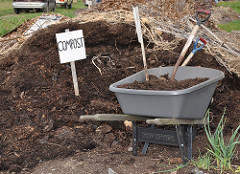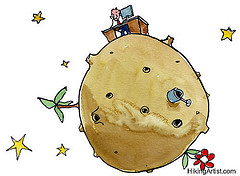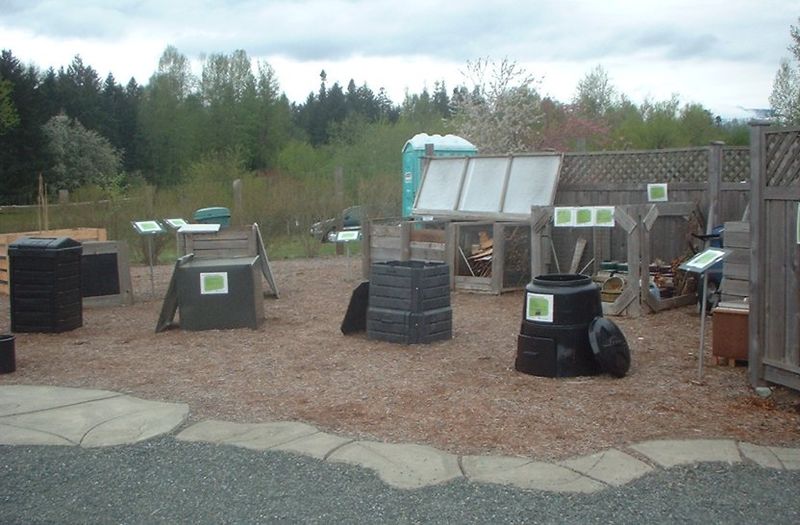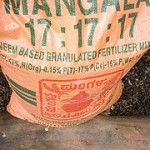Golden Two-fer: Leadership Is Fertilizer and Composted Leadership
Tuesday, January 2nd, 2018Writing is funny; sometimes a second writing allows you to incorporate new ideas and reasoning. Other times, however, you find that what was written years ago is still valid and only needs a bit of minor editing.
When I poke around the more than 4000 posts I’ve written I’m bound to find some that are embarrassing, but I also find others with information as useful now as when it was written.
Golden Oldies is a collection of the most relevant and timeless posts during that time.
When I decided to write 2018’s first post about leadership I realized that I had already said what I wanted to say nearly eight years ago in a two-part post.
Here they are.
Read other Golden Oldies here.
Leadership Is Fertilizer
 To thrive in today’s world companies need to constantly innovate; innovation requires initiative; initiative is another word for leadership.
To thrive in today’s world companies need to constantly innovate; innovation requires initiative; initiative is another word for leadership.
Because initiative and leadership are synonymous, leadership needs to be pushed out of the corner office and spread throughout the organization.
Doing so will encourage growth, creativity and innovation.
If leadership is the fertilizer then culture is the water, without which nothing will grow, and people are the seeds from which ideas come.
By spreading leadership evenly through out your company garden and watering regularly, leaving no area unfertilized or dry patches in which a seed are stunted or die, you assure yourself a bountiful harvest that will be the envy of your competitors.
Composted Leadership
 Fertilizer is created in a lab. with scientists controlling which chemicals are used and in what amount. The formula is then mass produced a factory.
Fertilizer is created in a lab. with scientists controlling which chemicals are used and in what amount. The formula is then mass produced a factory.
Anyone who gardens knows that there are a multitude of brands that produce different fertilizers, some considered “general purpose,” but most with specific formulas to accomplish specific goals, including forcing growth.
Experts say compost is a better choice.
Compost is natural, produced when multiple kinds of organic matter are brought together and left to decompose with the aid of a variety of organisms.
The result is an incredibly rich material that produces sustainable results without damaging the environment.
Leadership is similar.
You have the kind that is produced in colleges and MBA programs, learned in a sterile environment, with ingredients that parallel the thinking of selected experts’ mindsets and attitudes.
Thus, the student is indoctrinated in a set of specifics and is often prejudiced against anything that falls outside those boundaries.
Leadership learned through doing—taking the initiative and accepting the risk of failure—is different. It combines a variety of experiences, good, bad and indifferent, and adds a variety of organisms in the form of the varied humans that populate the organization.
The effect of those organisms on the experiences of individual initiative produces a deeper, richer, more flexible form of leadership.
Chemical fertilizer needs to be applied again and again as it wears out.
Compost mixes with and enriches the soil itself, so that the more you add the better the growth medium.
In which do you want to plant your people?
Image credit: Oregon State University





 Life is compost.
Life is compost.
 Tuesday I followed up saying that leadership fertilizer was
Tuesday I followed up saying that leadership fertilizer was  If leadership is the fertilizer then culture is the water, without which nothing will grow, and people are the seeds from which ideas come.
If leadership is the fertilizer then culture is the water, without which nothing will grow, and people are the seeds from which ideas come.
